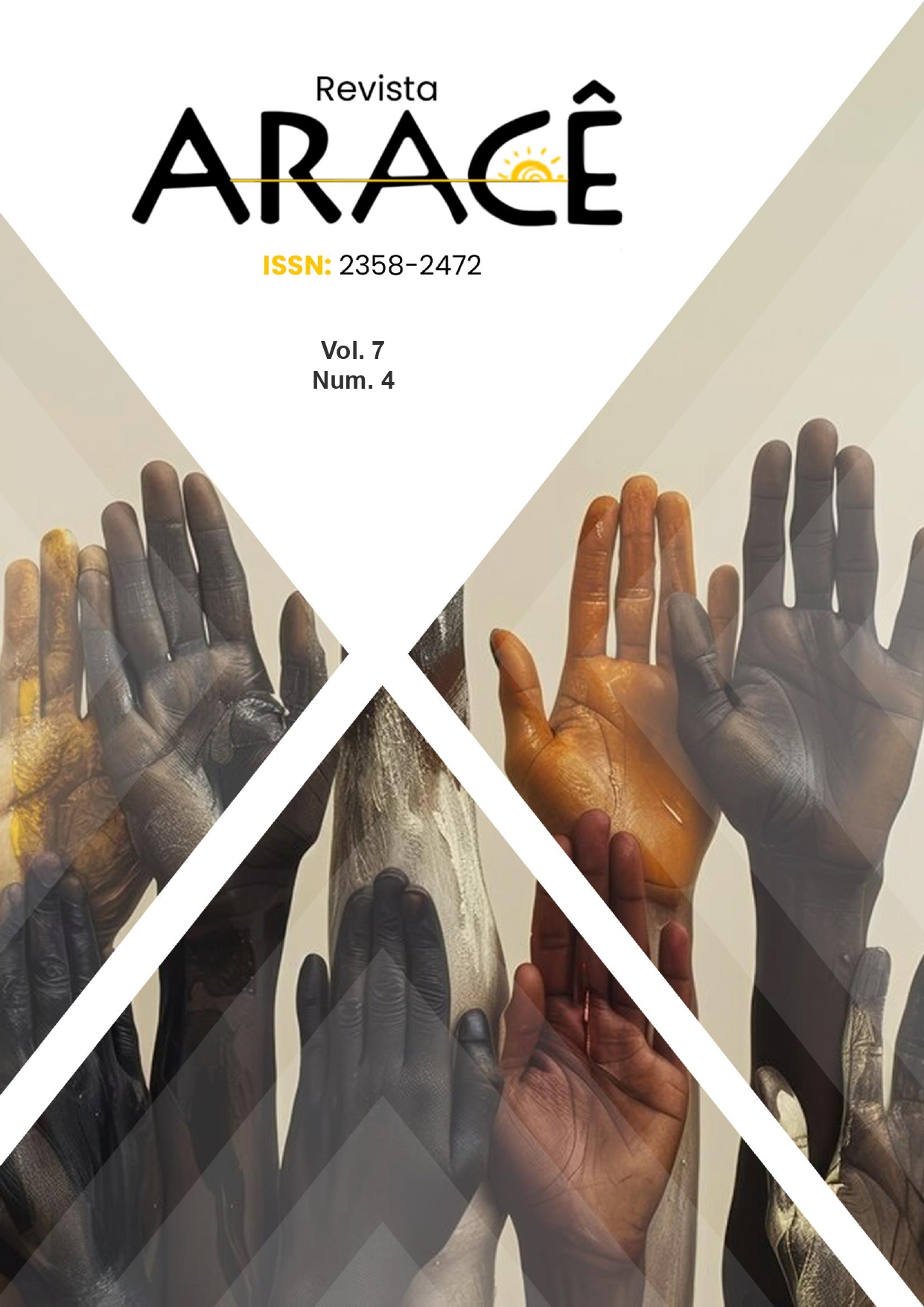POLÍTICAS DE SAÚDE E DESIGUALDADE – DETERMINANTES SOCIAIS E BARREIRAS NO ACESSO AOS SERVIÇOS DO SISTEMA ÚNICO DE SAÚDE (SUS)
DOI:
https://doi.org/10.56238/arev7n4-082Palavras-chave:
Determinantes sociais, Desigualdades em saúde, Sistema Único de Saúde, Racismo institucionalResumo
Este artigo propõe uma reflexão crítica sobre as políticas públicas de saúde no Brasil, considerando, sobretudo, os determinantes sociais e as desigualdades que dificultam o acesso efetivo da população aos serviços do Sistema Único de Saúde (SUS). Ainda que o SUS represente um marco civilizatório ao garantir o direito à saúde como dever do Estado e direito de todos, na prática, esse acesso tem sido marcado por profundas assimetrias. Isso porque, além das condições econômicas, fatores como raça/cor, território, gênero e escolaridade seguem estruturando barreiras invisíveis, mas concretas, no caminho da população mais vulnerável. Diante desse contexto, indagamos: Como os determinantes sociais da saúde –notadamente as desigualdades socioeconômicas, raciais, territoriais, de gênero e de escolaridade – operam como barreiras estruturais ao acesso igualitário da população brasileira aos serviços públicos ofertados pelo Sistema Único de Saúde (SUS)? Para isso, como referencial teórico foram utilizadas as obras de McKeown (1980), Starfield (2002), Arouca (2003), Funasa (2004), Paim (2006; 2008; 2009), Merhy (2007), Farmer (2003), Scheper-Hughes (1993), Fassin (2012), Adams (2016), Giovanella (2012), Anderson (2023), Machado, Lima e Baptista (2017), Vilaça Mendes (2011), Freeman (2018), Wilkinson e Marmot (2003), Padula, Anderson e Rodrigues (2022), entre outros e documentos oficiais de organismos nacionais e internacionais sobre o objeto de pesquisa. Esse empreendimento científico se configura como qualitativa (Minayo, 2007), descritiva e bibliográfica (Gil, 2008) e com análise a partir da perspectiva compreensiva (Weber, 1949). A análise revelou que o acesso à saúde no Brasil permanece profundamente desigual, mesmo sob o marco normativo do SUS. Fatores como racismo institucional, pobreza, localização geográfica e baixa escolaridade constituem barreiras estruturais e simbólicas ao cuidado. As políticas públicas, embora avancem em normativas, enfrentam desafios operacionais, como subfinanciamento e fragmentação da atenção. O modelo biomédico e homogêneo ainda predomina, invisibilizando subjetividades e contextos sociais diversos. Evidencia-se, portanto, a urgência de ações intersetoriais e de uma gestão comprometida com a equidade real.





